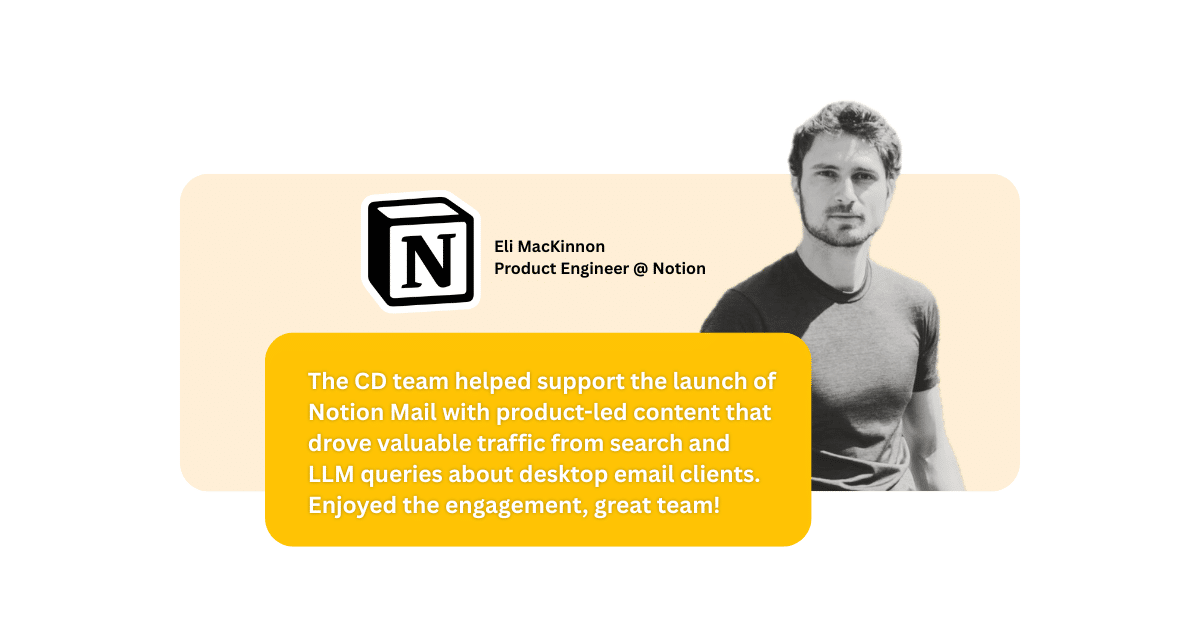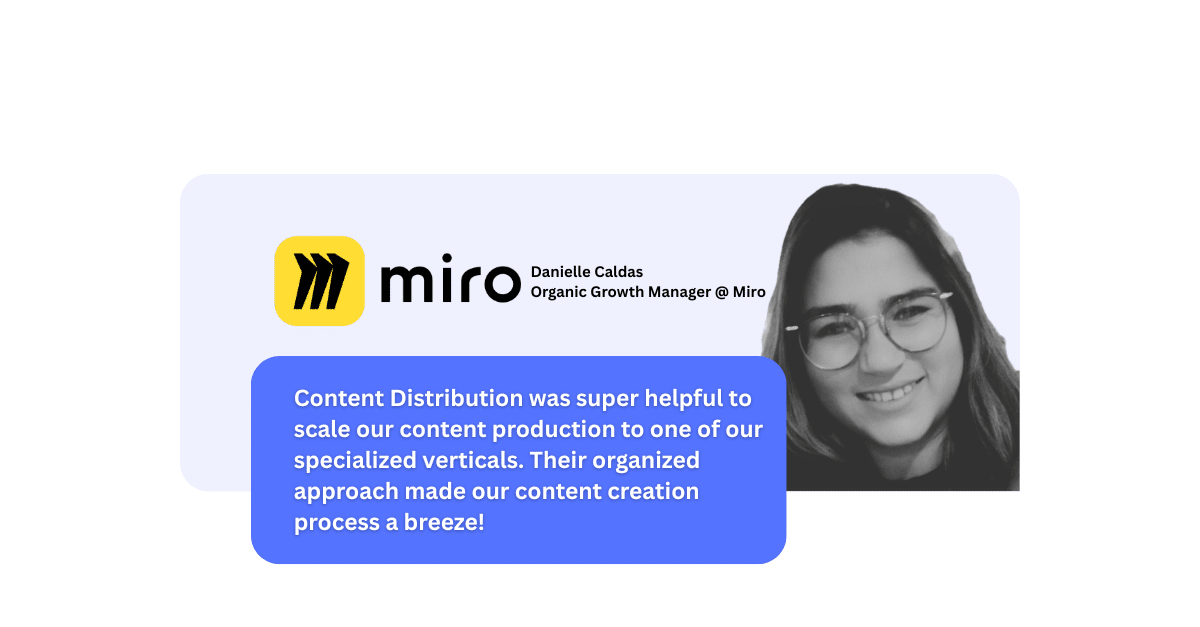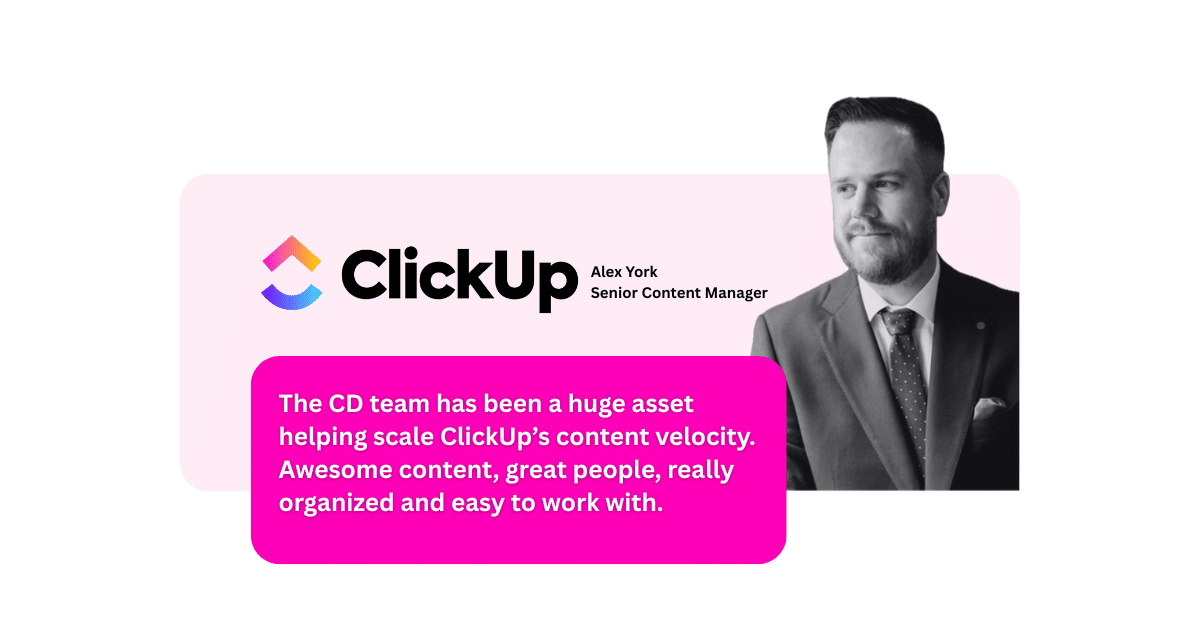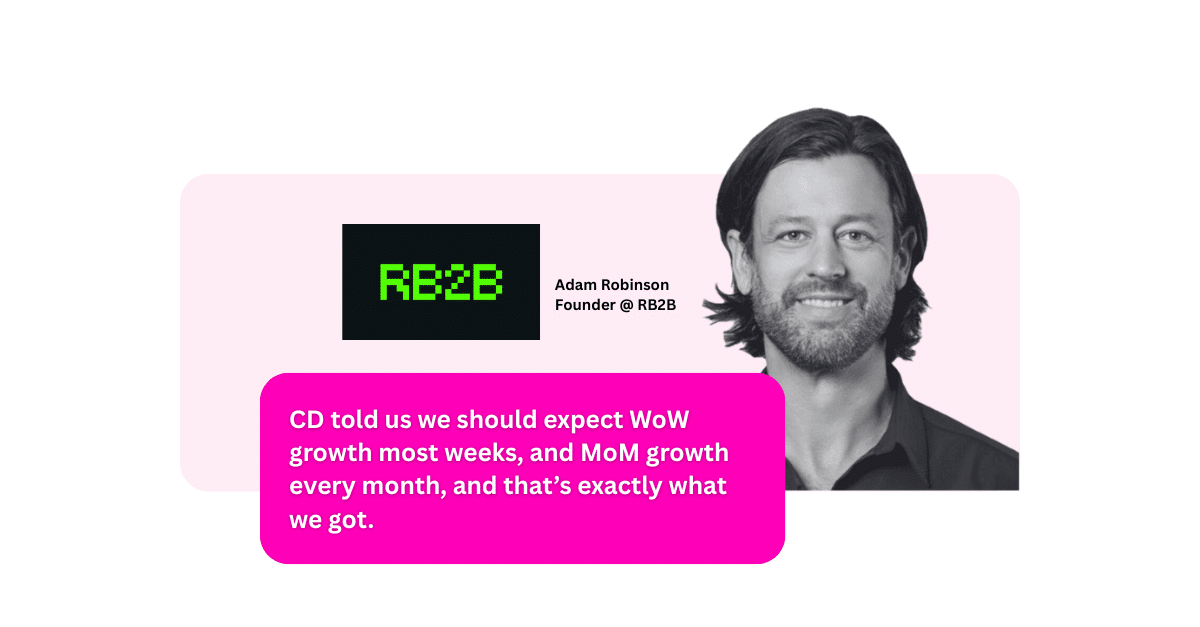How Google (really) Works

Learning how to generate business impact from organic search effectively is hard.
Like really hard.
Most people who try fail.
Those that succeed did so accidentally and aren’t entirely sure how to reproduce their success.
Why is that?
It’s due to two reasons.
The first reason is that you don’t know the credentials of the person from whom you’re taking advice.
And the barrier to entry for giving bad advice is zero.

And the second reason is that even great SEO professionals make SEO a whole lot more complicated than it needs to be.
I’ll give you a great example.
When you Google ‘ranking factors,’ the #1 post is from Brian Dean.

Brian Dean is a big deal in SEO.
He is up there with Rand Fishkin and Matt Cuts in name recognition.

And his article lists over 200 different factors that can impact your rankings.
When you’re learning how to crush organic search and you stumble across this article, it makes SEO sound really hard.
200 ranking factors!
How is anyone going to find the time to learn 200 different things just to rank in Google!
They think, welp, time to give up.
Or maybe they try to start implementing some of the ranking factors they find and give up because it’s too technical.
But the truth is that Brian Dean didn’t list those rankings factors because they actually matter, or because they’re things he worries about.
He listed those 200 ranking factors in that article because he knew that one of the most effective things you can do to rank higher is writing more content than the pages currently ranking.
Why does writing more make it easier to rank?
Because longer content generally has better user engagement metrics than shorter content.
Let me back up a second and explain.
Like I said above, the barrier to providing bad SEO advice is nearly zero, so allow me to cover my credentials briefly.
Content Distribution has over 65,000 first-page keywords right now across the projects on which we’ve worked.
And we consistently rank above pages which are on more authoritative domains and which have more backlinks.
Here is one of 65,000 examples:

Get 25+ examples and 5 tactics we use again and again to rank above competitors with higher authority, larger budgets, and more backlinks.
For folks who aren’t exactly sure what you’re looking at:
- That is a screenshot from the #1 SEO tool, Ahrefs.
- The ‘DR’ column stands for ‘Domain Authority’ and is Ahrefs proprietary measure of how powerful a domain is. YouTube, Facebook, Twitter are 100s. The site you created yesterday is a 0.
- The backlinks column is how many backlinks Ahrefs has discovered that link to the page highlighted, brandchamp.io/how-to-start-create-a-brand-ambassador-program
So why does BrandChamp rank above pages with more backlinks, and more authority?
Well, it’s because you’ve been lied to.
Backlinks, complicated technical concepts, and 99% of the ‘ranking factors’ listed in Brian Dean’s article don’t actually matter much.
That’s because Google’s goal isn’t to show the page with the most backlinks.
Google’s goal is surprisingly intuitive.
Google’s goal is to show the highest quality, most relevant search results for any given keyword.
Why?
It’s because Google generates 100 billion dollars per year from Google Adwords.
That means a 1% loss in market share represents over a billion dollars in high margin revenue and potentially a further erosion of market share and revenue.
So Google has a fiduciary duty to maintain its reputation as the best search engine.
And how do they do that?
We do that by consistently providing the highest quality, most relevant search results for any given search query.
So, let’s continue to think through this for a second.
What’s a better heuristic for whether a piece of content is higher quality and more relevant than other pages that Google could show for a given keyword?
- Backlinks?
- User engagement metrics (time on site, pages visited, bounce rate, overall site engagement, etc.)?
Well, Google knows that backlinks are easily gamed.
It’s all SEO guys talk about.
Backlinks this, backlinks that.
Backlinks, backlinks, backlinks.
There are over 16,000,000 search results about how to get backlinks.

And when you really think about it, sure, backlinks can be a heuristic for relevance and quality.
That’s because good quality content should attract more backlinks (naturally or via outreach) than lower-quality content.
But ultimately, user engagement metrics more closely measure the quality and relevance of a piece of content.
If you spend as much time in Ahrefs as we do, you’ll notice that the first time you hit the first page for an important keyword, you generally don’t just stay there.
Google bounces you on and off the first page a few times before you end up sticking somewhere.
What’s happening here?
Why does Google do this?
Google is testing and stack ranking your user engagement metrics against the other pages it could show.
When you stick on the first page, it means that you’re ultimately servicing the searcher better than pages below you.
That means your user engagement metrics were better.
And when you bounce off and stick on the second page, or maybe the third, it means you didn’t quite hit the mark with your content.
For some reason, your content didn’t quite answer the reader’s question as effectively as the content that is sticking on page one.
Even when you do stick on the first page, every once in awhile, you’ll bounce off before returning to it a few days later.
That’s Google making room on the first page to test another piece of content that it found and that it believes might be a viable candidate.

How Google actually works is GREAT news for you
Why?
Because it means that crushing organic search and generating a ton of business impact is accessible.
You don’t have to be a technical wizard (I’m not).
And you don’t have to rely on figuring how to convince (or pay) other people to link to you.
- You know your industry well.
- You’re not an idiot.
- It’s likely you already have all the skills you need today to create higher quality, more relevant content than the pages Google is currently showing for the keywords you want to rank for.
You just need someone to show you what actually matters.
Learn how to turn any writer into an SEO content writer (even if neither of you have SEO experience)
More good news
When you create content that is higher quality, and more relevant than that of your competition, instead of relying on backlinks and complicated technical concepts, it means your site is algorithm proof.
Sometimes, Google pushes an update, and everyone freaks out about decreases in traffic.
Meanwhile, you’re continuing to see improvements in traffic, rankings, and revenue.
Because ultimately, Google’s goal with each of their algorithm updates is to better surface higher quality, more relevant content to its users.
So what are the important ranking factors?
We’ve achieved our 65,000+ first page keywords by focusing on three things:
- Writing higher-quality content than other pages currently ranking
- Optimizing that content to be more relevant to the keyword we want to rank for
- Internal links
Quality
Higher-quality content provides more value to the reader than lower-quality content.
That means better answers to the searcher’s question.
The way you figure this out is by Googling the main keyword you want to rank for, reading the pages that are missing and:
- Identifying things they didn’t cover that they should have
- Identifying room for improvement in terms of angle. Should they have provided more detail, or maybe less detail in a particular section?
But that’s quality from a user’s perspective.
Google doesn’t understand quality the same way as people do.
Google isn’t an AI (yet), and Google can’t naturally understand whether a piece of content is better than another piece of content until they’ve checked the user engagement metrics.
But, through trillions of searches, Google has been able to develop a model of the characteristics that content with better user engagement metrics has that content with poor user engagement metrics lacks.
Let’s highlight this with an example.
If I showed you two pieces of content in a language you can’t read, which piece of content would you assume is higher quality, providing more value to the reader?
- The piece of content with 1,000 words in one giant paragraph?
- Or the piece of content with 3,000 words, a table of contents, lists (1,2,3), bullets, embedded pictures and videos, tables with structured data, internal links to provide more context, and external links to authoritative sources backing up claims?
You would pick the second piece of content.
Even if it’s in a language that you don’t understand.
Google does the same thing.
When it crawls your site and discovers a new piece of content that has the characteristics of content with high user engagement metrics, it ranks and tests your page on the first page quicker than if your content is missing those characteristics.
So not only do we analyze the first page of search results to provide more value to the reader.
We also structure our content with the things that Google knows is a characteristic of high-quality content.
That means we write our content with more:
- Words
- Lists
- Tables
- Bullets
- Pictures
- Videos
- Internal links
- External links
Than any other page that Google is currently ranking for the keyword that we want to rank for.
And to be perfectly honest, sometimes just having the characteristics of high-quality content is enough to drive better user engagement metrics than other competitive pages.
That’s even true if the human evaluated quality is questionable.
Let me give you an example.
We work with ambitious, fast-growing brands much larger than ourselves.
These brands have the budget to hire the writers we need to produce the level of quality that the brand needs.
Learn how build a hiring funnel to find high quality writers at $0.05/word
But when we do our internal R&D projects for reverse engineering Google, we spend as little as possible on content:
- We’re publishing 200+ articles and over 500,000+ words in just a few months.
- We’re a young company with a finite R&D budget. The less expensive our content is, the more surface area we have for testing.
Regardless of the quality from an actual human’s perspective, the fact that it’s structured in a specific way tends to keep users engaged longer than content that isn’t structured in this specific way.

Relevance
Relevance means how relevant Google thinks you are to the keywords that you want to rank for.
The real estate you have to drive relevance is pretty limited:
- Your URL
- Title
- Meta title
- H1
- H2s
- Internal links
- External links
- Pages linking to you
#8 is hard to control, but you have 100% control over the other seven.
Becoming more relevant to a keyword that you want to rank for doesn’t mean you should be keyword stuffing everywhere you can.
It means using variations of your keyword in the areas you have available to you to drive relevance.
If I want to rank for ‘brand ambassador program,’ I’ll use that keyword in a bunch of different ways across the real estate that drives relevance:

Don’t ‘get cute’
Google isn’t a mind reader.
You need to be explicit in what you tell Google your content is about.
If you try and ‘get cute’ with the limited amount of real estate you have available, and that you can control, to drive relevance, you’re not going to achieve your desired outcome.
Here is an example.
Archive360 is a big data company.
The author of the blog post below chose to use their limited amount of real estate to drive relevance to keywords that are completely and utterly unrelated to their brand.
Example 1
The URL of this page is /dammit-jim-im-a-doctor-not-an-ai-healthcare-and-ai
And there is only one keyword this page is indexed for, ‘dammit im a doctor‘

What’s the best SERP tracking tool? Here’s our list.
Example 2
The URL of this page is /call-an-uber-for-your-medical-data
The keywords that this page is indexed for are related to Uber.


Internal Links
Internal links tell Google how important a given page is to your brand.
More internal links to a page lead Google to believe the page is more important to your brand.
Less internal links lead Google to believe the page is less important to your brand.
The more important Google believes a page is to your brand, the easier it will be to rank.
Remember that picture above of BrandChamp outranking more authoritative domains, with more backlinks for a highly valuable keyword?

That page has 37 internal links pointing at it.

That’s because we went through and linked to the ‘ambassador program’ page from 37 blog posts.

Learn how we helped BrandChamp turn a handful of key pages in their B2B SEO campaign into a $100k ARR marketing channel.
What Next?
Want to learn how to crush Google without building backlinks or doing super complicated technical SEO?
Check out these free guides
- https://contentdistribution.com/hire-writers
- https://contentdistribution.com/seo-content-writer
- https://contentdistribution.com/outranking-better-funded-competitors/
Work With Us
First things first
We only have time to work with ambitious brands that want the fastest seo results possible.
Use our SEO ROI calculator to forecast the impact of organic search on your organization.
Want to crush Google and appear everywhere your target audience is searching?
We deliver successful outcomes to ambitious brands again, and again, and again. If you want to be everywhere your target audience is searching, let’s talk.

Our best content
Want to learn how we’ve grown 4 websites from approximately zero to 100,000 visitors per month, with the biggest one doing over 500,000 after 17 months?

We share it all.
- How to turn any writer into an SEO content writer
- How we crush B2B SaaS SEO
- Brand Jacking (ranking for your competitor’s brands)
- How to find and hire the highest quality, most affordable writers on the internet
- How Google actually works (based on 65,000 page 1 keywords)
- SEO ROI Calculator
- How we crush B2C SaaS SEO
- The #1 lever to get the fastest SEO results
- How to rank without backlinks
- The greatest SEO case study of 2020: 0 to 479,000 monthly organic in 16 months
Rather do it yourself?
Get our systems, processes, and playbooks to build a content distribution system in your company. This program is built from the ground up to enable you to learn, delegate, and scale successful organic search outcomes for B2B SaaS, B2C SaaS and e-commerce brands.
Want to learn more about us first? Join our Facebook Group.



